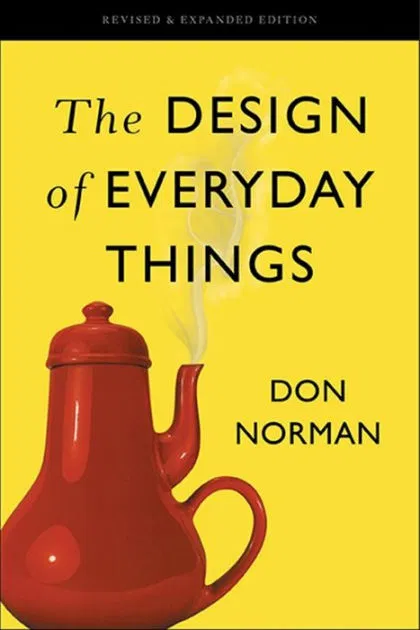conceptualizing interaction
why conceptualize?
proof of concept
describe what product will do
reality check
basic building blocks needed
articulate conceptual models of user experience
problem space
ask why?
what problem would this address?
what questions needed answering?
what are sources of inspiration?
assumptions and claims
assumptions: taking something for granted
claims: stating something to be true
try defending them
reformulate poorly constructed ideas
questions
are there problems with an existing product or user experience? if so, what are they?
why do you think they are a problem?
what evidence do you have to support the existence of these problems?
how do you think your proposed design ideas might overcome these problems?
benefits of conceptualizing
orientation
open-mindedness
common ground
communication beyond design
conceptual models
conceptual models
explanation for how something works
articulate problem and design space
components of conceptual models
metaphors and analogies
concepts exposed through the product (system image)
relationships between those concepts
mappings between concepts and experience
best conceptual models
obvious and simple
based on well-established models
enable designers to debate merits
design concept
scenarios, images, mood boards, documents
straighten out thinking before implementation
metaphors
metaphors
central component of conceptual models
provide familiar entities to form / understand models
interface metaphor
interface metaphors
computer desktop
windows
folders
cards
cards

describe twitter
conceptualizing by type
interaction types
ways a person interacts with a product
instructing, conversing, manipulating, exploring, and responding
helpful for formulating conceptual models without implementation
instructing
where users issue instructions to system
keyboard shortcuts, menus, command line interfaces
when to use instructing
supports many activities
quick and efficient
repeated actions on multiple objects
complexity challenges
conversing
having a conversation with a system
respond similar to human-human interaction
when to use conversing
help/assistive facilities
chatbots
speech-based interfaces
familiar with less complexity, less discoverability
single action, not repetition
manipulating
manipulating objects
capitalize on knowledge of physical world
direct manipulation
analogous to interaction with physical objects
continuous representation
rapid reversible incremental actions
immediate feedback
physical actions instead of issuing text commands

exploring
moving through virtual or physical environments
exploit knowledge of navigating existing spaces
responding
system taking initiative
alert, describe, or show the user
conceptualizations that inform design
paradigms
adopting a set of community agreed upon practices
shapes framing, observations, and analysis
human-centered design
focus on human stakeholders
framing models around human experience
ubiquitous computing
interconnected devices
framing models around the intersections of devices
theories
distributed cognition
across individuals, artifacts, and representations
how information is propagated
cooperative / collaborative activities
embodied interaction
perceive the world through our bodies
mental models and understandings shaped by perceptions
frameworks
help designers constrain and scope user experience
advice on design: concepts, questions, principles
make explicit relationships between users, designers, and products
norman's framework
trajectories
understanding how complex user experiences are designed and engaged with
an interface can establish trajectory towards and through it
questions?
reading for next class
Chapter 4: Knowing What to Do: Constraints, Discoverablity, and Feedback"
The Design of Everyday Things
